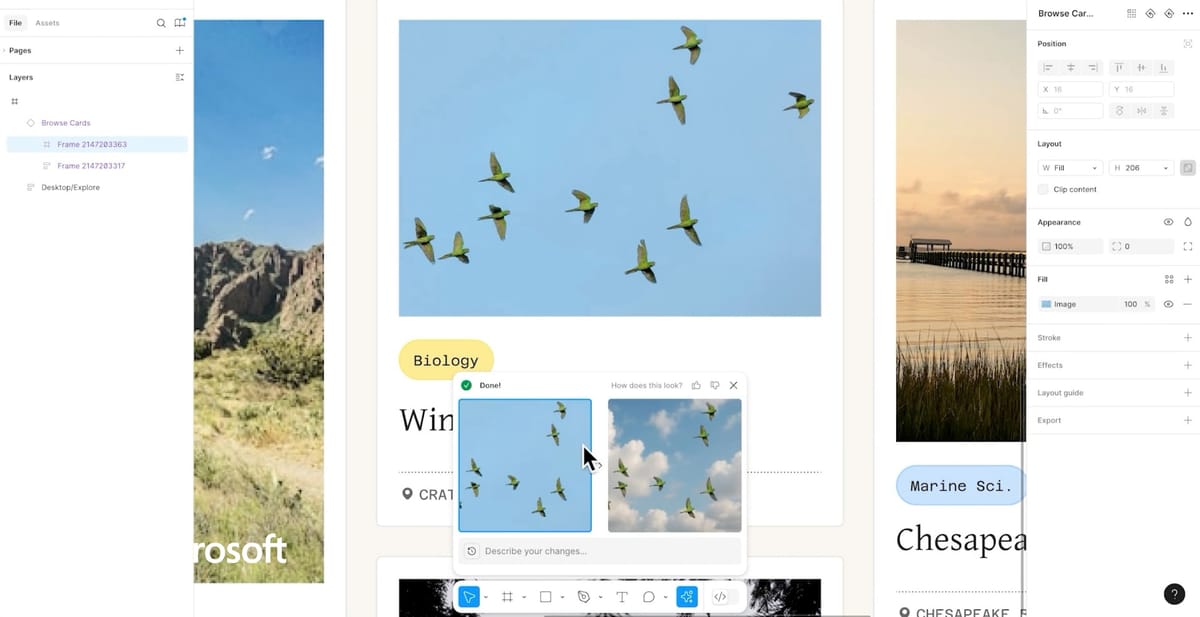
OpenAI has finally brought its wildly popular image generation capabilities to developers through its API. The company announced today that gpt-image-1, the natively multimodal model powering ChatGPT's image creation tool, is now available globally through the Images API, with promised support in the Responses API coming soon.
Key Points
gpt-image-1powers ChatGPT’s image generation and is now accessible via API- Developers can control quality, style, and moderation settings
- Pricing starts at roughly 2 cents per low-res image
- Leading platforms like Adobe, Figma, and Wix are already integrating it
The release comes on the heels of extraordinary user engagement with the feature in ChatGPT. According to OpenAI, over 130 million users created more than 700 million images during just the first week after launch. This massive adoption underscores both the appeal of the technology and the challenges OpenAI faces in scaling to meet demand.
Unlike competing image generators, OpenAI's model has garnered attention for its versatility in creating images across diverse styles while accurately rendering text—a historically difficult task for AI image generators. The API implementation offers developers granular control over image creation, including options for quality settings (which affect generation speed), quantity of images produced, background transparency, and output format selection.
Perhaps most significantly, developers can now adjust moderation sensitivity with a "moderation" parameter that can be set to either "auto" for standard filtering or "low" for less restrictive filtering. This gives developers some flexibility while maintaining OpenAI's safety guardrails, including C2PA metadata watermarking that identifies images as AI-generated.
The pricing model follows a token-based structure similar to OpenAI's text models, but with separate pricing for text and image tokens. Text input tokens cost $5 per million, image input tokens are $10 per million, and image output tokens are $40 per million. In practical terms, this works out to approximately $0.02, $0.07, and $0.19 per generated image for low, medium, and high-quality square images, respectively.
Major tech companies have wasted no time in implementing the technology. Adobe is integrating the capabilities into its Firefly and Express apps, while Figma is already rolling out the model to enable users to generate and edit images from simple prompts. Airtable, Gamma, HeyGen, Wix, Photoroom, Canva, GoDaddy, HubSpot, Instacart, and others are either already using or actively experimenting with the technology.
Figma users, for example, can now use gpt-image-1 to generate and edit images within Figma Design, allowing them to adjust styles, add or remove objects, expand backgrounds, and more without leaving their workflow.
The deployment showcases OpenAI's ongoing push to embed its technology throughout the tech ecosystem while walking the fine line between innovation and safety. As these image generation capabilities become increasingly accessible to developers, we'll likely see a proliferation of applications—from marketing and e-commerce to education and entertainment—that integrate increasingly sophisticated AI-generated visuals.
Given the explosive growth of image generation in ChatGPT, this API release positions OpenAI to further solidify its role in the developer market while potentially creating new revenue streams from its most popular features.

